Snakes are fascinating creatures, with some species being extremely hard to find. These rare snakes exhibit unique characteristics and often have very limited populations. Here’s a look at some of the world’s hardest-to-find snake species, showcasing their unique features and origins.
Arabian Sand Boa
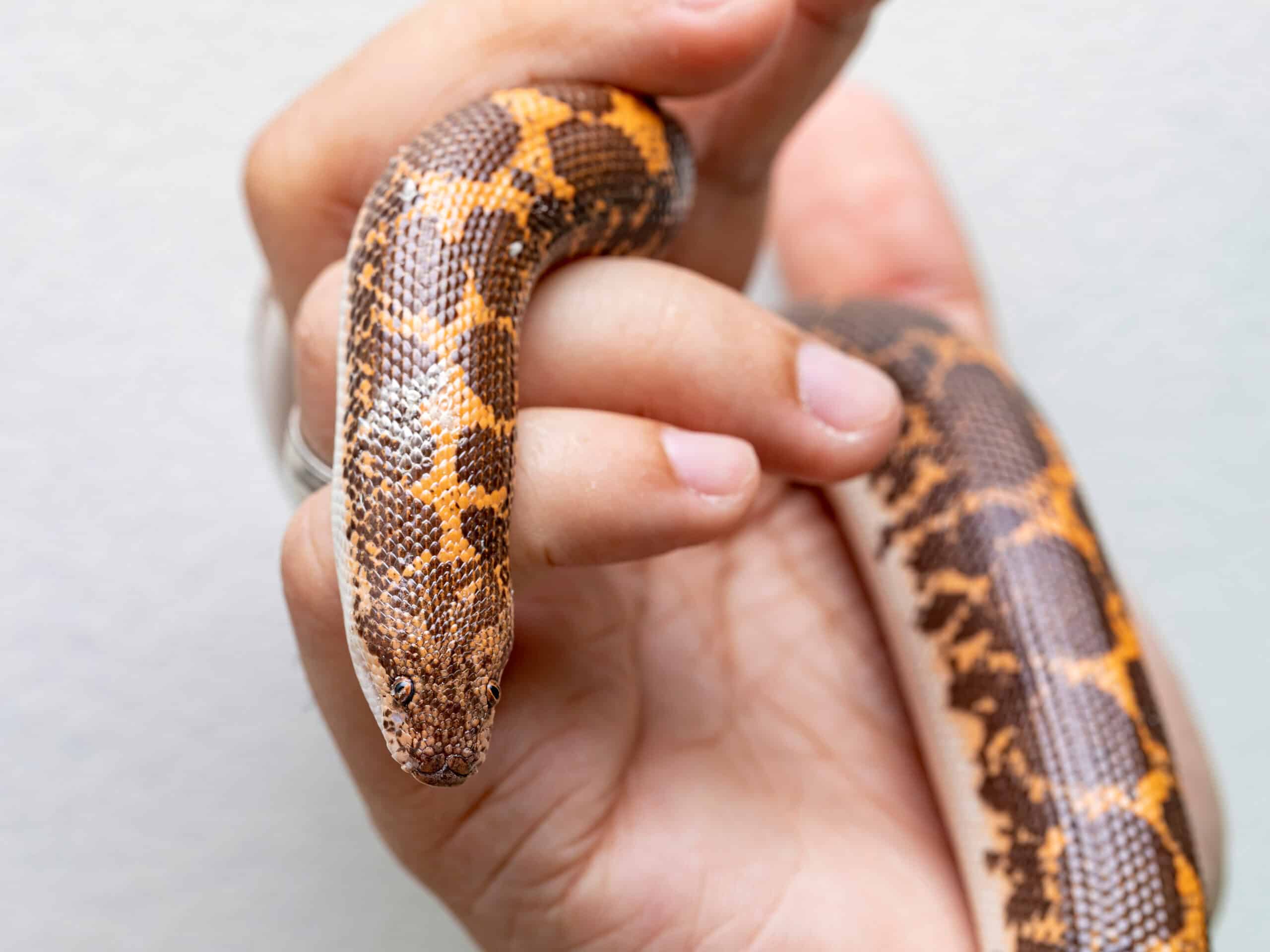
The Arabian Sand Boa is a small, burrowing snake with a robust body, usually around 0.3 to 0.5 meters in length. It is typically yellowish-brown with darker spots, adapted for life in sandy environments. This snake is found in the deserts of the Arabian Peninsula. It has a limited and fragmented population, making it hard to find. Its burrowing behavior and sandy habitat make it difficult to locate. This species’ adaptability to extreme desert conditions is remarkable, and it primarily preys on small rodents and insects.
Spiny Bush Viper
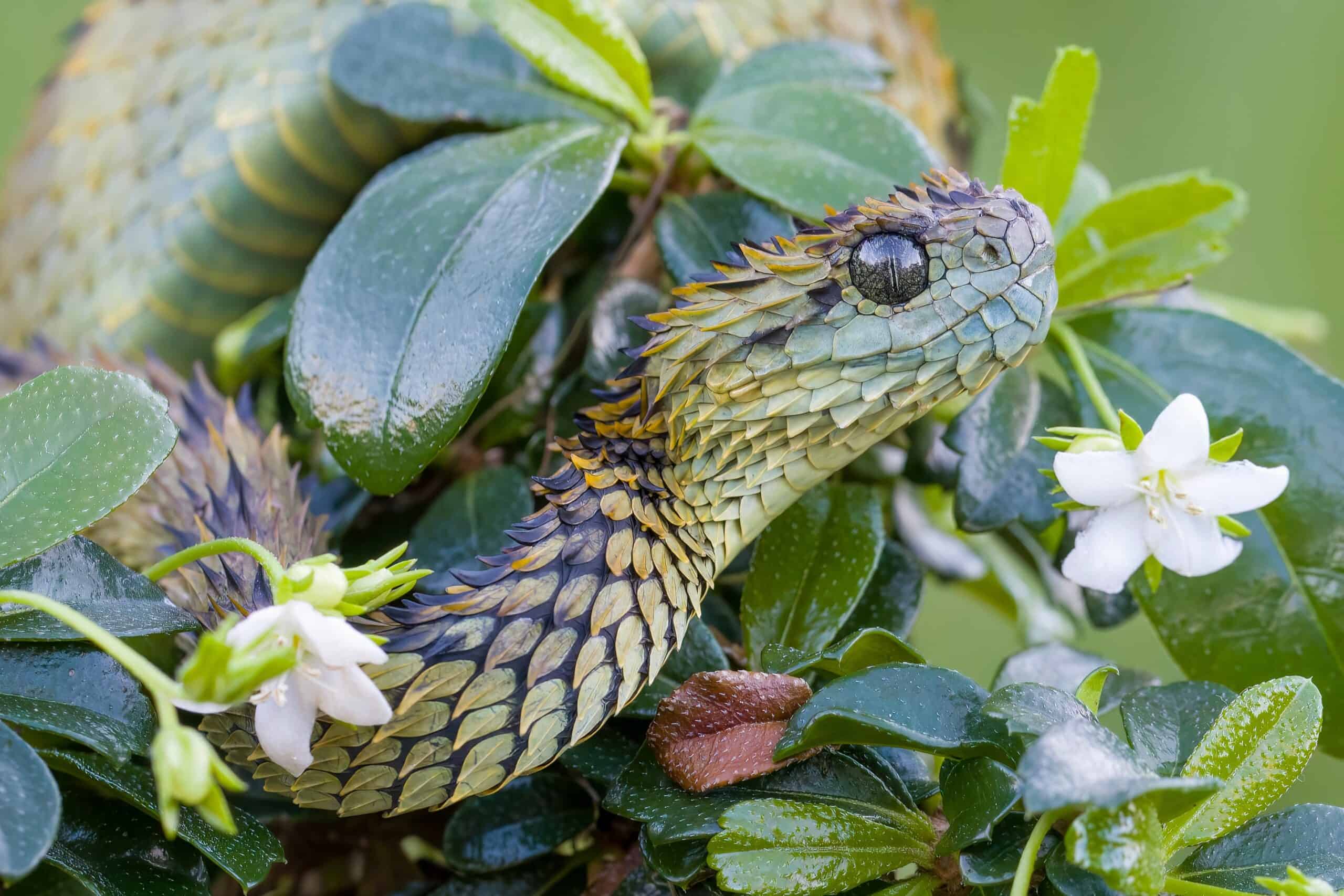
The Spiny Bush Viper, known for its distinctive keeled scales, is a colorful, arboreal snake. Its colors can range from green to orange, with a typical length of 0.5 to 0.7 meters. This snake is native to the forests of Central Africa, including countries like Uganda and Congo. It has a small and localized population, often found in dense foliage. The viper’s unique spiny scales provide excellent camouflage among leaves. This species is venomous, with potent hemotoxins that can cause severe damage to tissues and blood cells.
Santa Catalina Island Rattlesnake
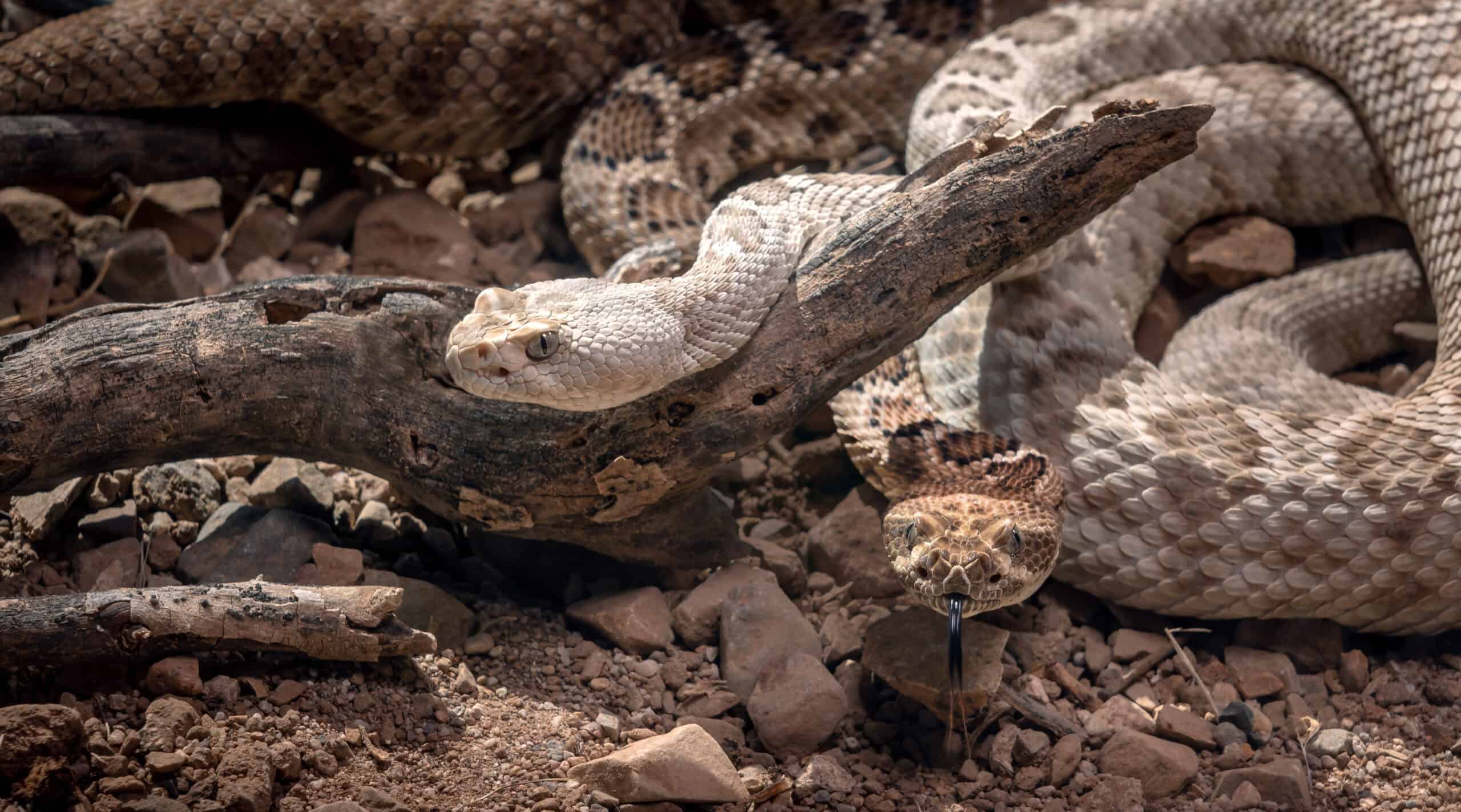
The Santa Catalina Island Rattlesnake is a unique rattlesnake with no rattle, growing to about 0.5 to 1 meter in length. It has a light brown to gray coloration, perfectly blending with its rocky environment. This species is found only on Santa Catalina Island in the Gulf of California, Mexico. Its population is critically low, with fewer than 100 individuals in the wild. The absence of a rattle is an adaptation to its environment, reducing detection by predators and humans. This snake primarily preys on small mammals and birds, relying on its stealth.
Red Sand Boa
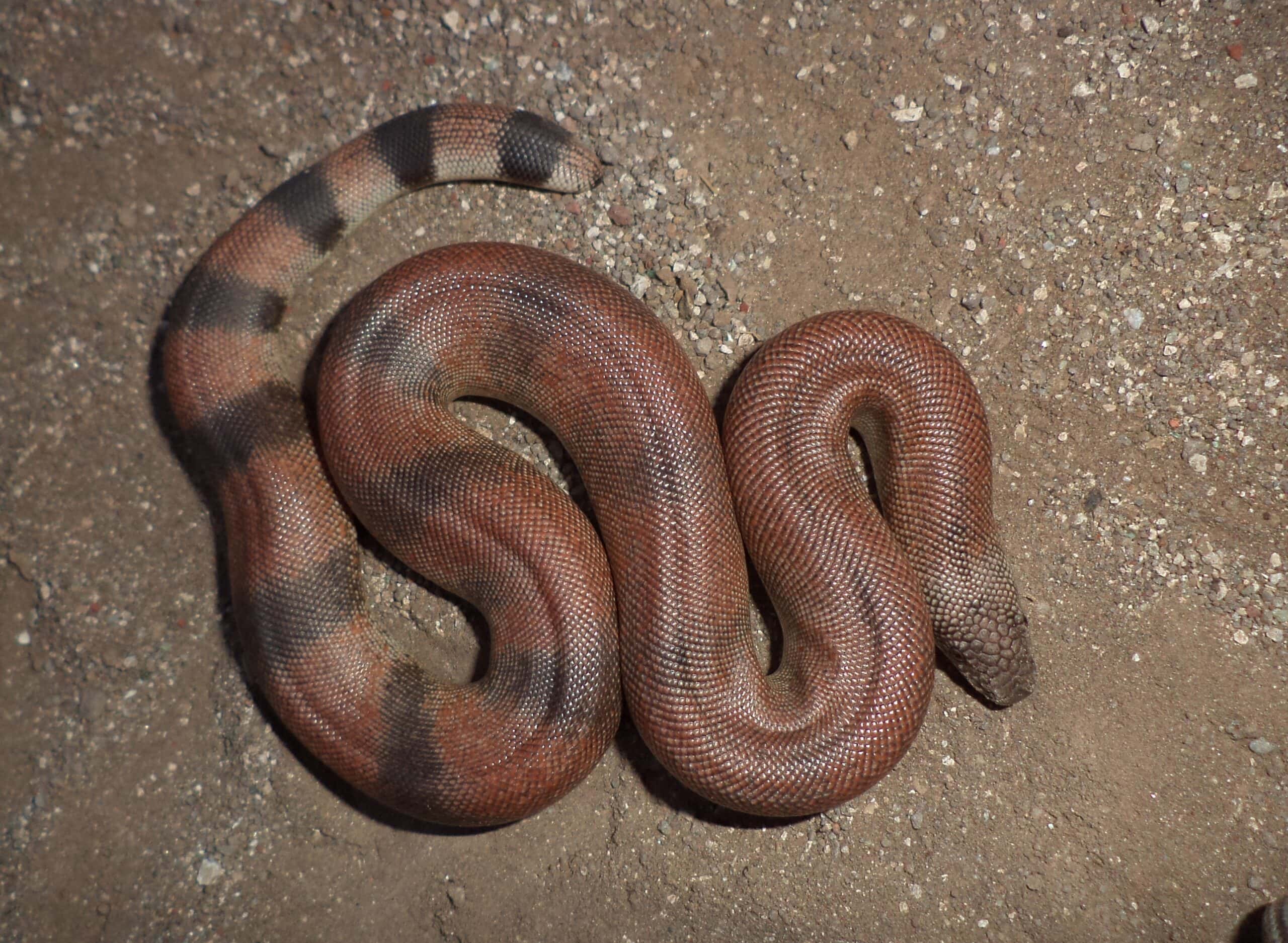
The Red Sand Boa is a stout, smooth-scaled snake, typically reaching lengths of 0.4 to 0.7 meters. Its coloration is usually reddish-brown, making it stand out in its arid habitat. This snake is native to India and Pakistan, preferring arid and semi-arid regions. It is rare and highly sought after in the illegal pet trade, leading to significant population declines. The snake’s unique head shape, resembling a double-ended body, helps it avoid predators by confusing them. Conservation efforts are needed to protect this species from over-collection and habitat loss.
Blue Malaysian Coral Snake
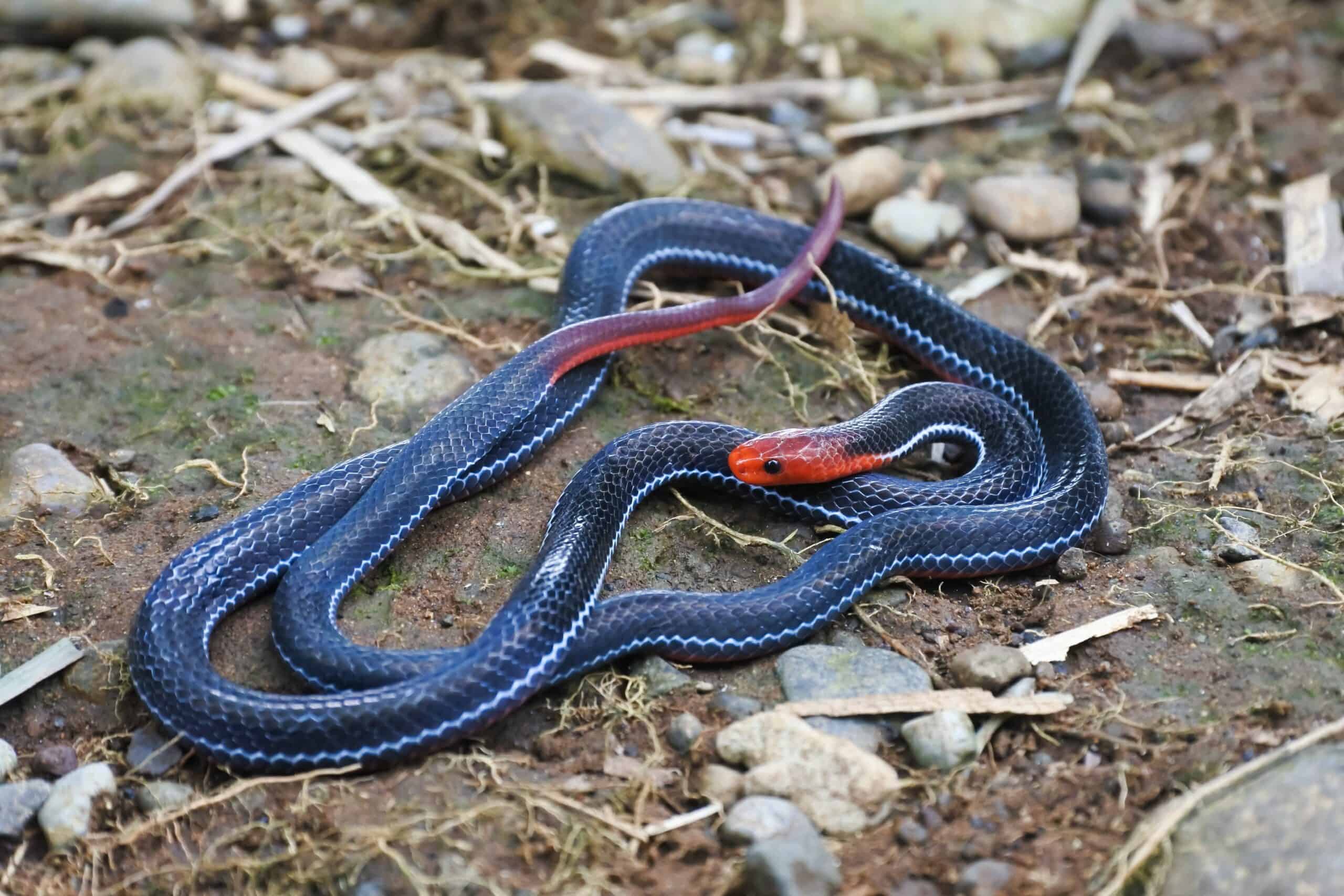
The Blue Malaysian Coral Snake is a strikingly beautiful snake with bright blue and red colors, growing up to 1.8 meters in length. It is found in the forests of Malaysia and Thailand, thriving in humid, dense forests. This species is highly venomous, with neurotoxic venom capable of causing paralysis. Its population is sparse, living in dense, undisturbed forests. Its bright coloration serves as a warning to predators. Despite its beauty, this snake is dangerous and should be avoided. The Blue Malaysian Coral Snake feeds primarily on other snakes, including venomous species.
Malagasy Tree Boa
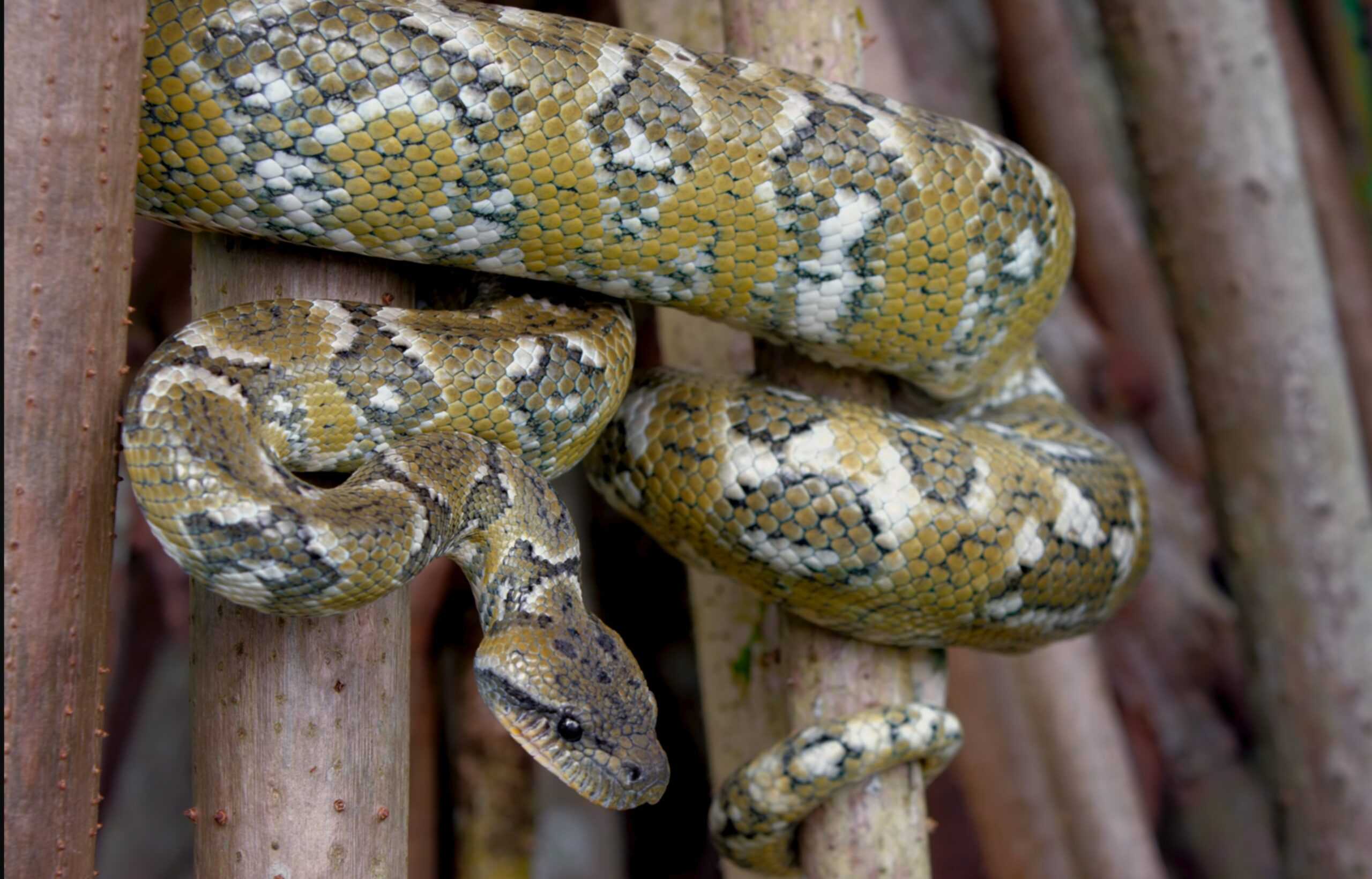
The Malagasy Tree Boa is a strikingly patterned snake found in Madagascar. It features vibrant green and yellow scales with a prehensile tail for climbing trees. This arboreal snake prefers humid forest habitats and grows up to 2 meters in length. Its population is unknown, but habitat loss threatens it. This species is unique for its ability to change colors to match its surroundings, aiding in camouflage. It feeds on birds and small mammals, using its strong coils to subdue prey. Conservation efforts are critical due to deforestation.
Orlov’s Viper
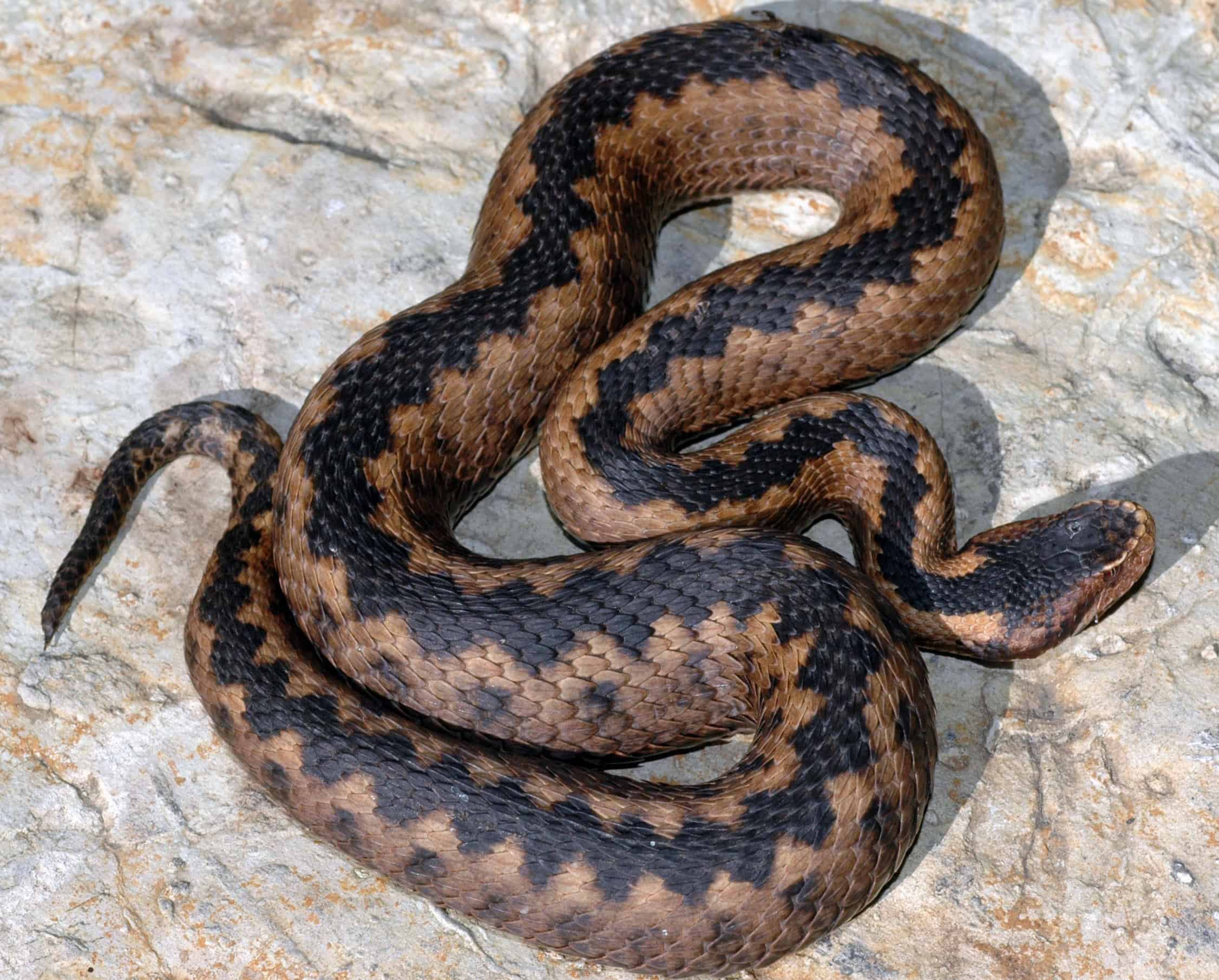
Orlov’s Viper is a small, venomous snake native to the Caucasus region. It has a distinctive pattern of dark zigzag stripes on a light background, and typically measures around 60-70 centimeters in length. This viper is elusive and prefers rocky, mountainous areas. Its exact population is unknown, but it is considered rare. Orlov’s Viper has potent venom, used primarily for hunting small rodents. The species’ habitat is increasingly threatened by human activities, making conservation efforts essential to its survival.
Aruba Island Rattlesnake
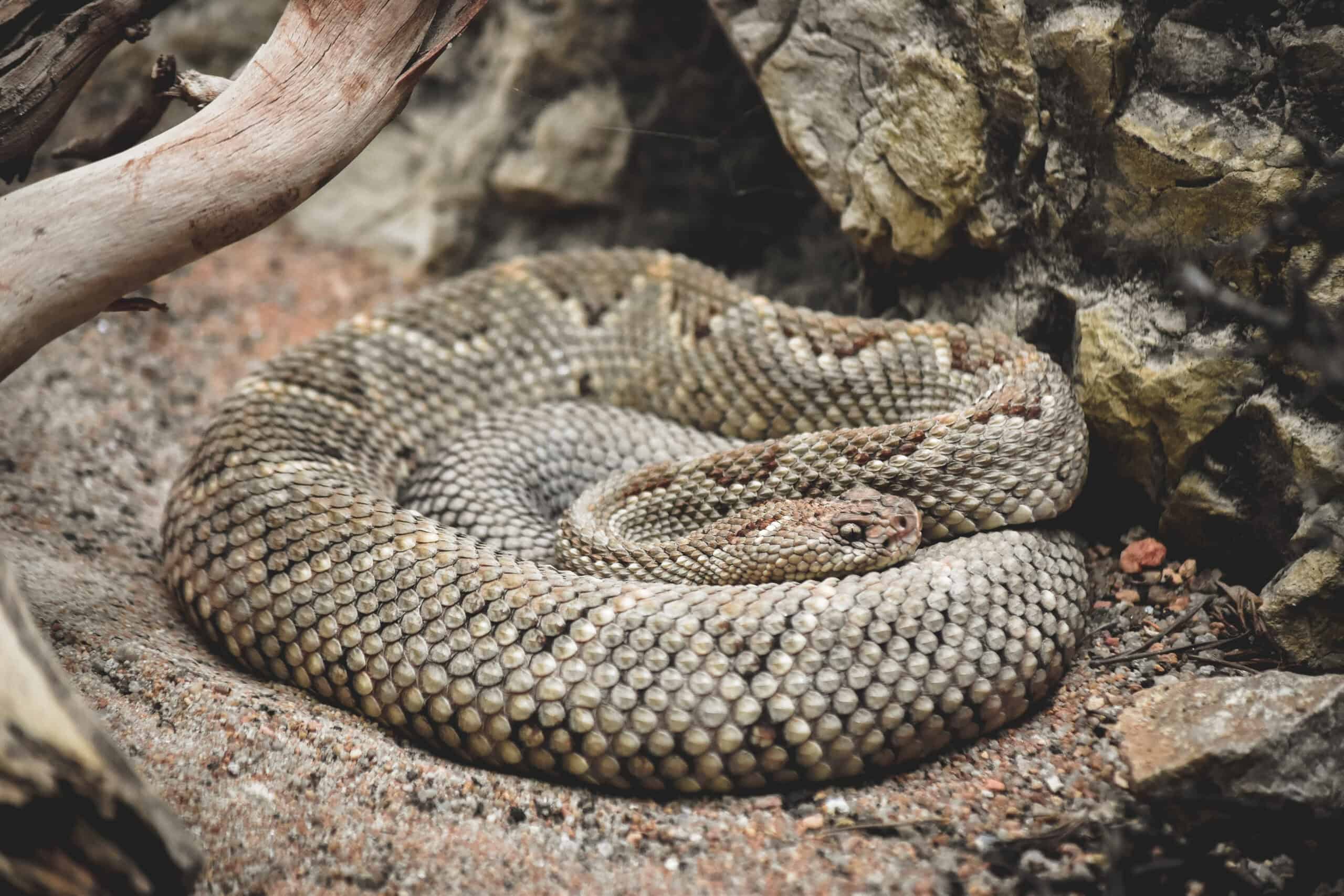
The Aruba Island Rattlesnake is an endangered species found only on Aruba. It has a light tan color with dark brown blotches, blending into the arid landscape. This snake is one of the rarest rattlesnakes in the world and can grow up to 1 meter in length. Fewer than 230 individuals remain in the wild. This species is unique for its limited distribution and specialized habitat requirements. Conservation programs are in place to protect and study this rare snake, focusing on habitat preservation and reducing human-wildlife conflict.
Antiguan Racer
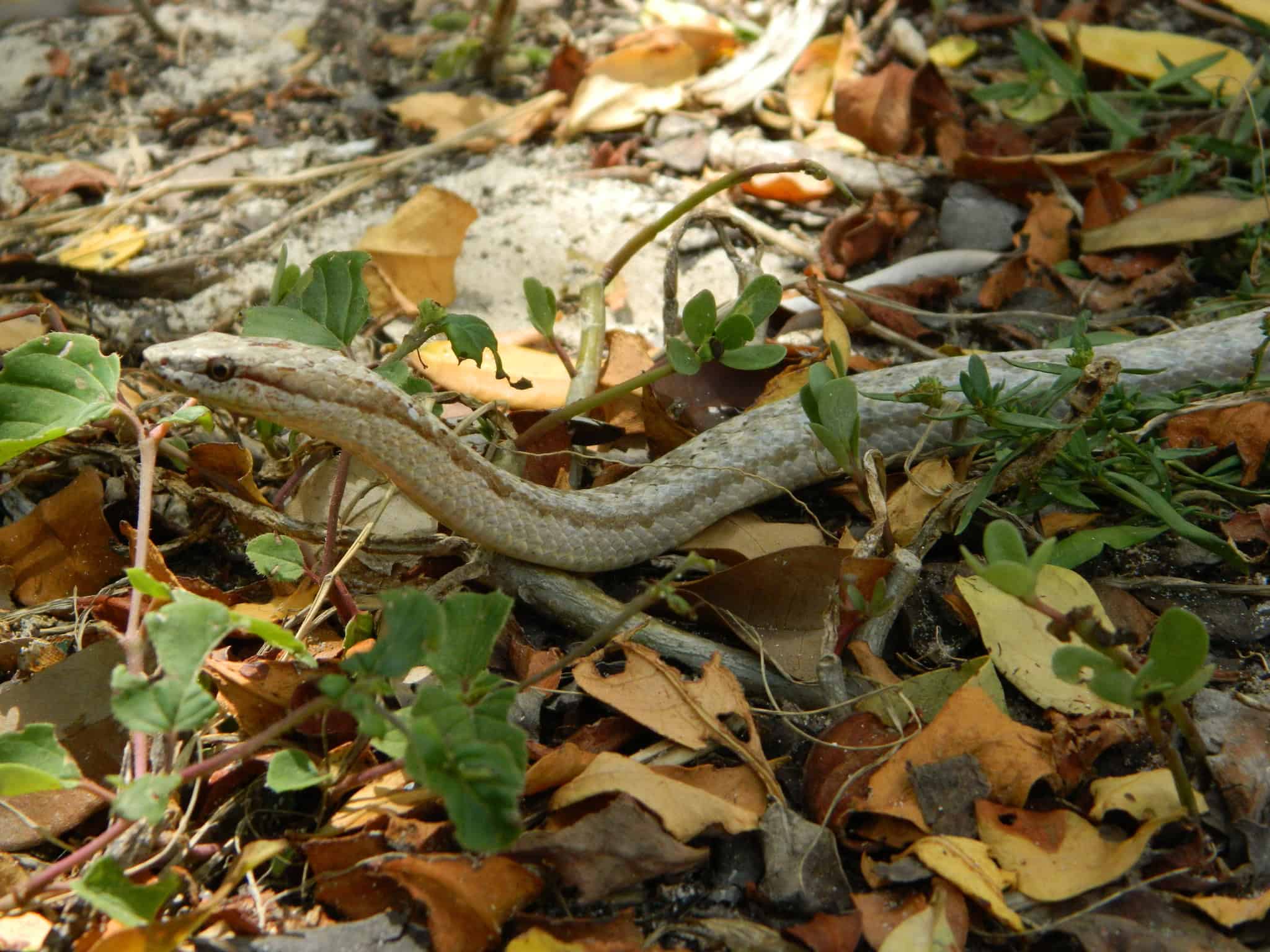
The Antiguan Racer is a small, non-venomous snake native to Antigua and Barbuda. It has a brownish color with faint stripes, helping it blend into its environment. This snake was once thought extinct but has been rediscovered, growing up to 1 meter in length. Its population is critically low, with about 1,100 individuals remaining. Unique for its limited distribution and conservation success story, it feeds on lizards and insects. Ongoing conservation programs aim to increase its numbers through habitat restoration and predator control.
Guatemalan Palm Viper
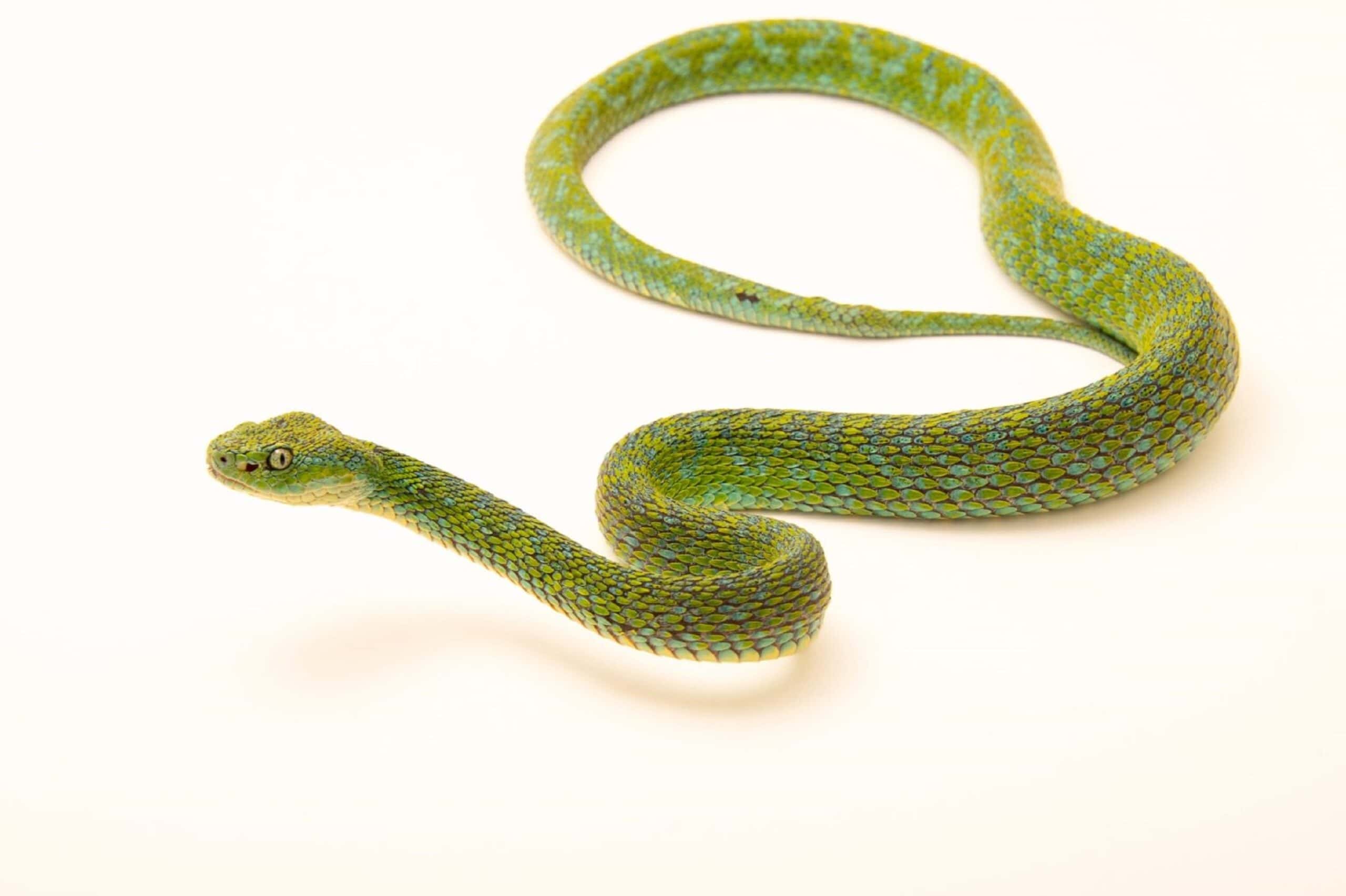
The Guatemalan Palm Viper is a vividly colored snake found in Central America. It has bright green scales with occasional blue or yellow hues, reaching lengths of up to 1 meter. This arboreal viper prefers cloud forests and is highly venomous. Its exact population is unknown but considered rare. Unique for its vibrant coloration and potent venom, it preys on birds and small mammals. Conservation efforts are necessary to protect its cloud forest habitat from deforestation and climate change.
San Francisco Garter Snake
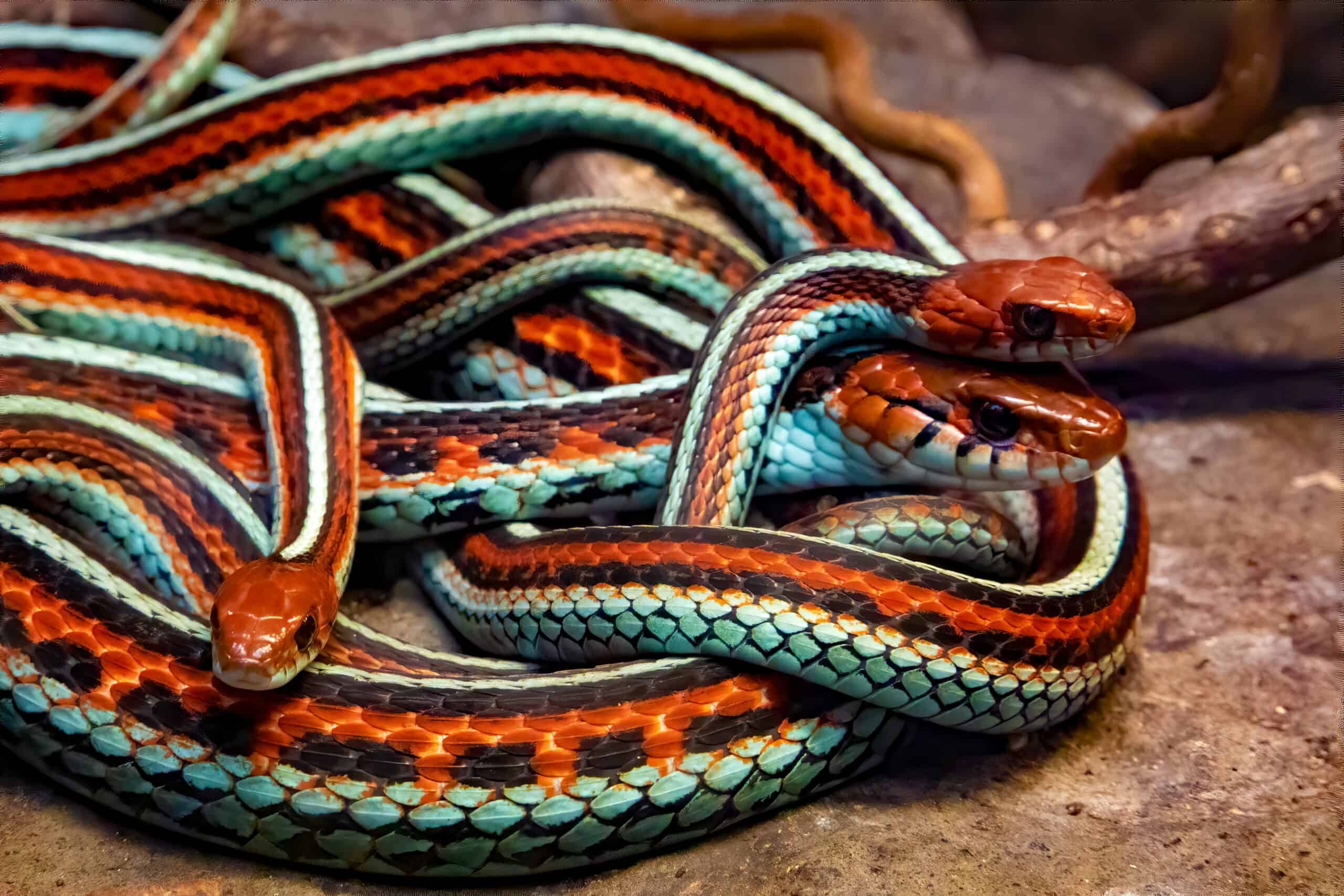
The San Francisco Garter Snake is a beautiful, slender snake with striking blue, red, and black stripes. It is native to the San Francisco Peninsula in California. This snake prefers wetlands and grasslands and can grow up to 1 meter in length. Its population is critically endangered, with fewer than 2,000 individuals remaining. Unique for its vivid coloration and specialized habitat needs, it feeds primarily on amphibians. Conservationists are working to restore its wetland habitats and mitigate threats from urban development.
Blunt-headed Tree Snake
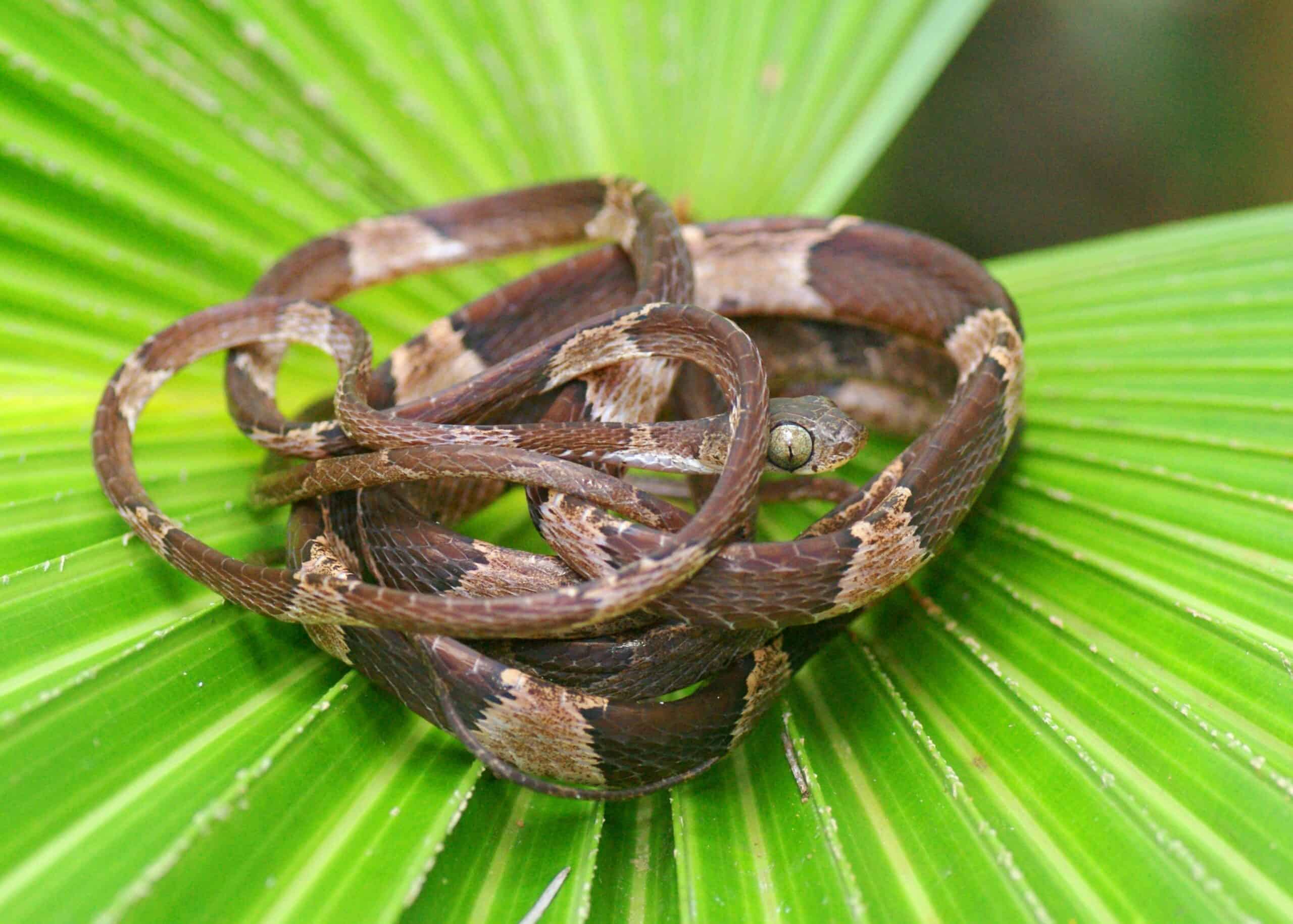
The Blunt-headed Tree Snake is a slender, arboreal snake with a distinctively blunt head. It is found in Central and South America, primarily in rainforests. This snake is nocturnal and feeds on lizards and frogs, growing up to 1.2 meters in length. Its exact population is unknown but considered uncommon. Unique for its hunting strategy and body shape, it moves gracefully through the trees using its slender body. Conservation efforts focus on preserving its rainforest habitat, which is under threat from logging and agriculture.
Golden Lancehead
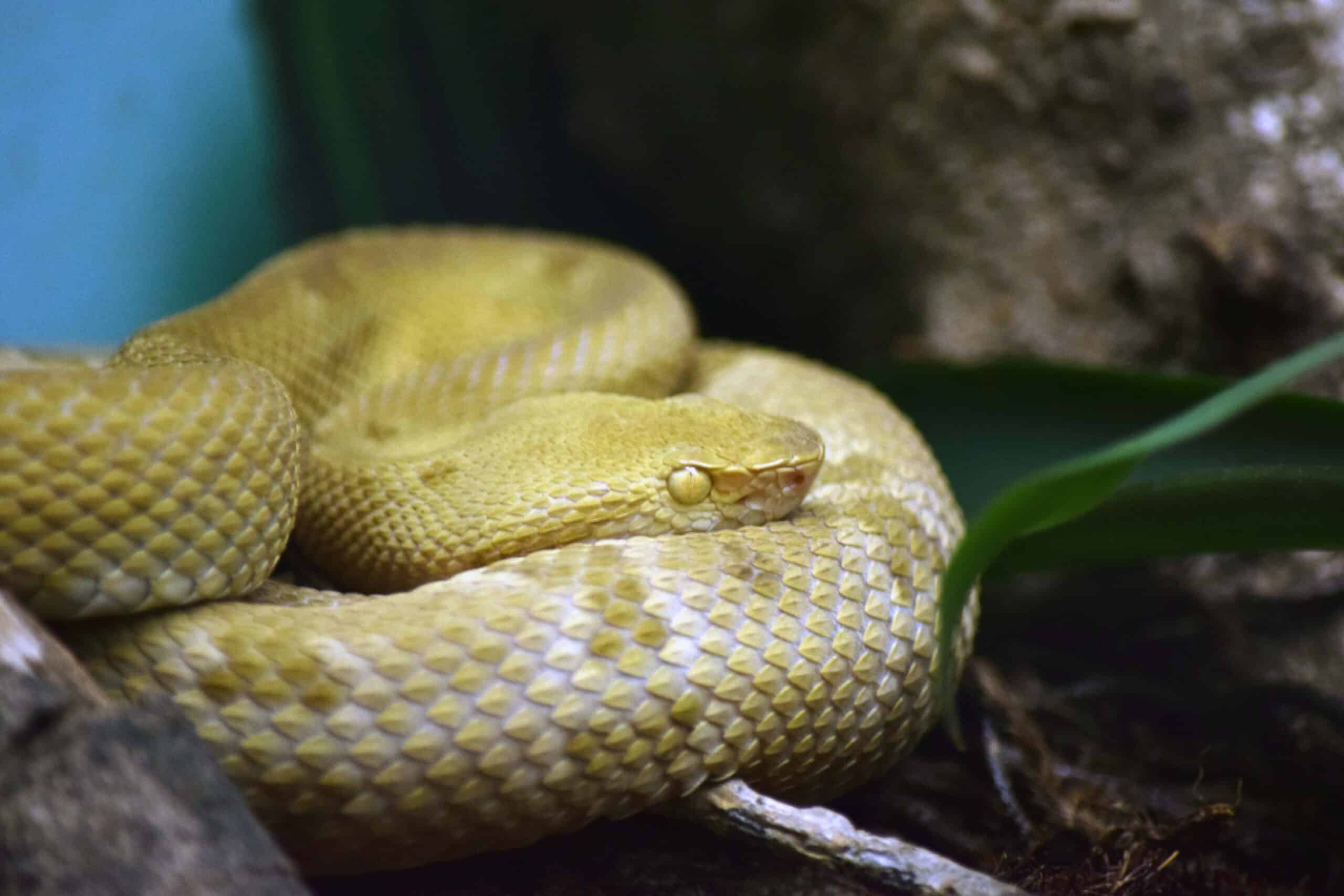
The Golden Lancehead is one of the most venomous snakes in the world. It is found only on Ilha da Queimada Grande, an island off the coast of Brazil. This pit viper has a golden color and grows up to 1 meter in length. Its population is estimated to be around 2,000 to 4,000 individuals. Unique for its potent venom, which can cause severe tissue damage, it preys on birds and small mammals. This snake’s isolation on the island has led to its distinct coloration and venom evolution.
Rhinoceros Viper
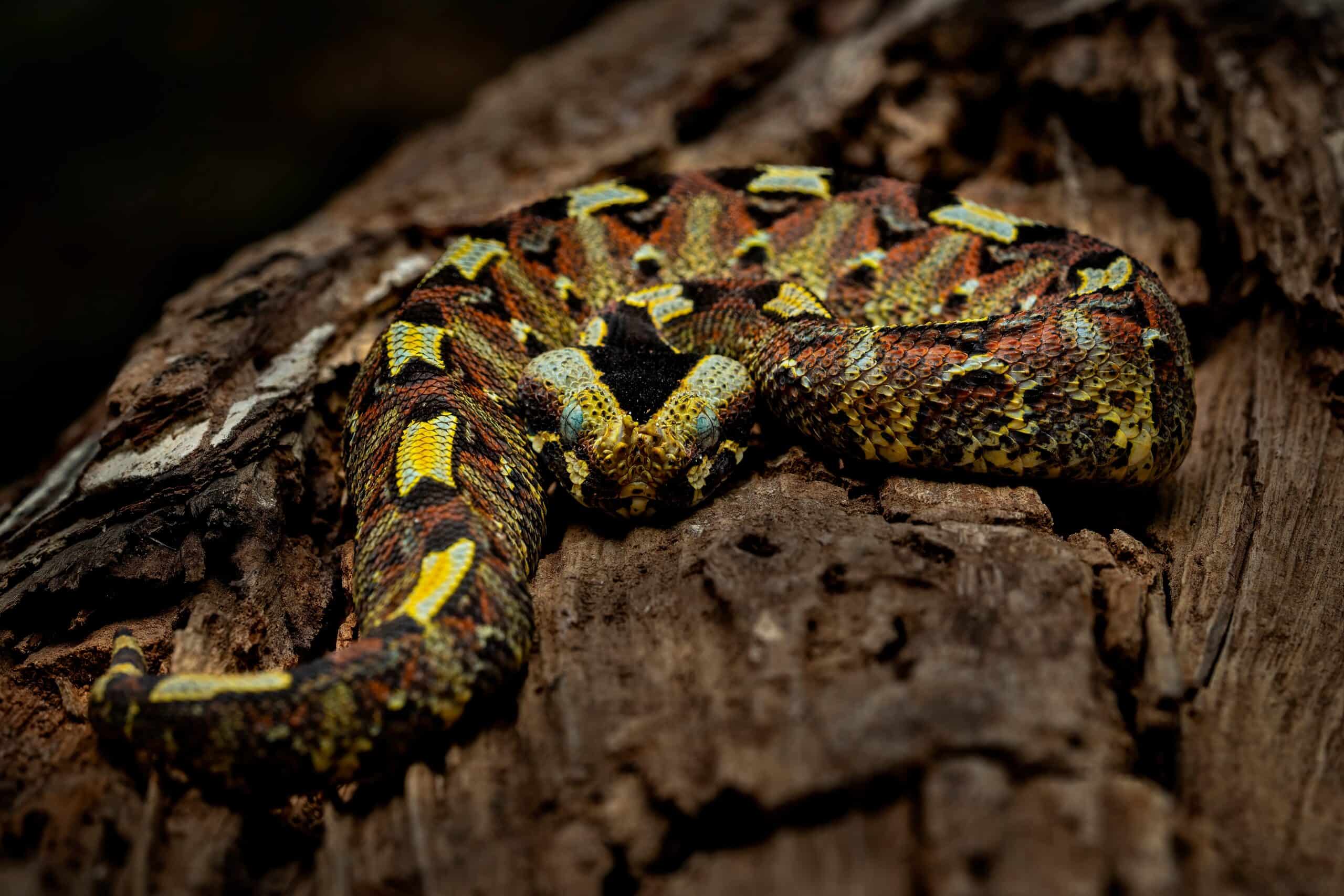
The Rhinoceros Viper, also known as the River Jack, is native to Central and West Africa. It has a striking pattern of blue, green, and yellow scales and can grow up to 1.2 meters in length. This viper is known for the horn-like scales on its snout. Its population is not well-documented but is considered uncommon. Unique for its beautiful coloration and horned appearance, it resides in rainforests and swamps. The Rhinoceros Viper’s venom is hemotoxic, causing severe pain and swelling. Conservation efforts focus on preserving its natural habitat from deforestation.
This article originally appeared on Rarest.org.
More from Rarest.org
1979 Liberty (Silver) Dollar Value Guide

The Susan B. Anthony dollar was first made available in 1979 by the United States Mint. The coin was comprised of 91.67% Copper and 8.33% Nickel. Read More.
18 Unique Dishes You Can Only Find in One Place
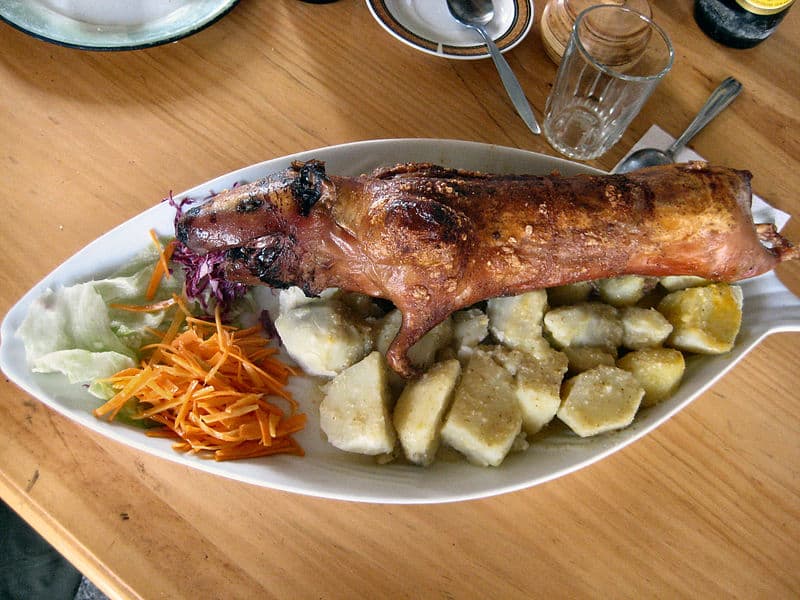
Exploring unique dishes from around the world offers a glimpse into the rich tapestry of global culinary traditions. Read More.
The 15 Most Long-Lived Animals in the World
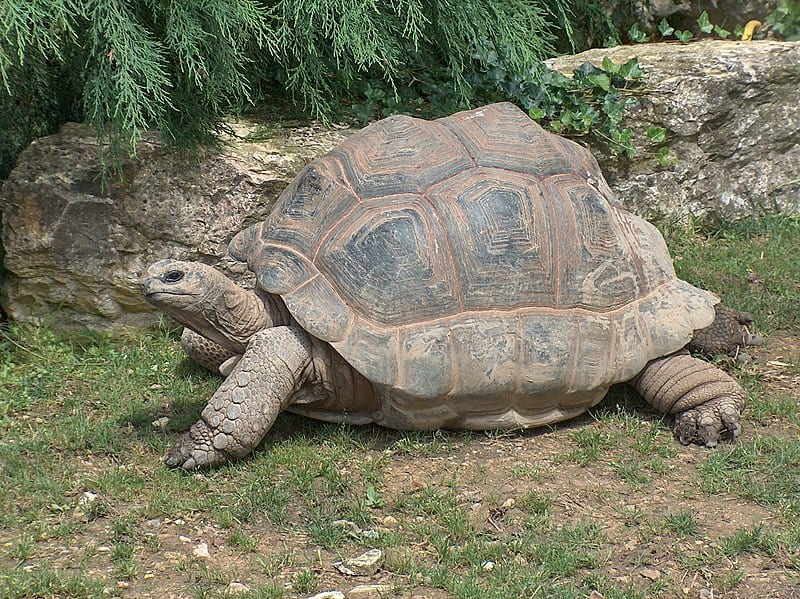
In the animal kingdom, some creatures defy the typical lifespan expectations and live extraordinarily long lives. Read More.
